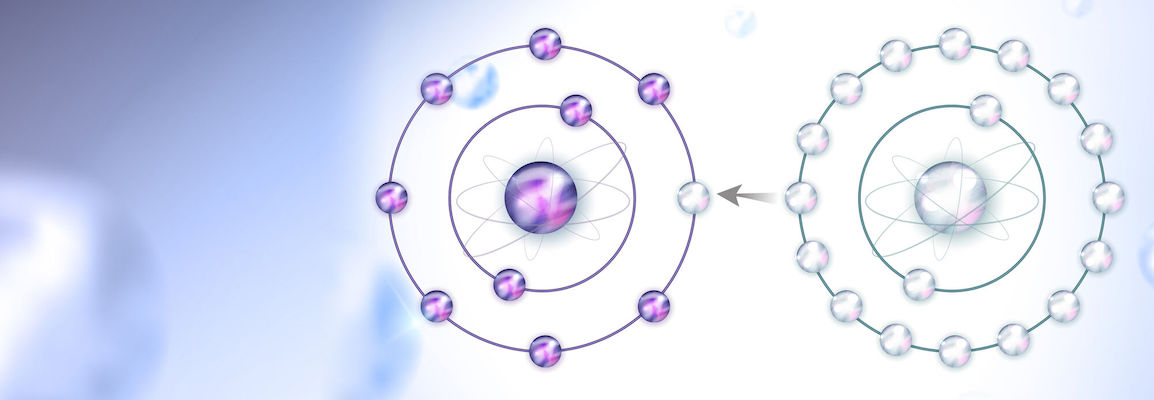

Investigating Fast Chemical Reactions Using the Enhanced Time Resolution of Rapid Scan EPR (Electron Paramagnetic Resonance)
Webinar Overview
Many paramagnetic species are very reactive and short-lived and are involved in many chemical and biological reactions. This webinar will focus on how Rapid Scan EPR (Electron Paramagnetic Resonance) offers the required time resolution to explore fast reaction kinetics in order to identify species and offer insights into reaction mechanisms.
CW (Continuous Wave) EPR has traditionally been used to explore chemical reaction involving paramagnetic species such as free radicals and transition metal ions. Examples of applications are polymerization reactions, catalysis, and monitoring ROS (Reactive Oxygen Species). Often the reaction kinetics are too fast and CW EPR does not have sufficient time resolution. In this webinar we will demonstrate how Rapid Scan EPR offers the required faster time resolution to identify and monitor multiple species in the reaction. The results yield insights into the reaction mechanism as well kinetics.
October 13, 2020
What to Expect
This webinar starts with an introduction into Rapid Scan EPR and its advantages over the traditional CW EPR technique. After the introduction, the time resolved Rapid Scan experiment is introduced that we will be using in our examples. Several examples of fast chemical reactions are presented that have been studied by the technique.
Key Topics
- Enhanced time resolution (< 1 ms) compared to CW EPR
- Reaction monitoring with unprecedented time resolution
- Capture a complete EPR spectrum in a single time slice
- Simultaneously detect multiple species
Who Should Attend?
This webinar will be especially useful for EPR users working on chemical and biological reactions such as ROS, catalysis, and polymerization. It will be useful to people that wish to explore how EPR can be used in the study of free radical reactions.
Speakers
Dr. Ralph Weber
Senior EPR Applications Scientist, Bruker BioSpin
Dr. Ralph Weber started his scientific training at Brown University where he received a B.A in Chemistry and German Literature and Language. He continued his training at the University of Chicago, earning a Ph.D. in chemistry focusing on EPR and ENDOR studies of proteins and lanthanide complexes. Two postdoctoral positions followed. At Leiden University in the Netherlands he studied excited states of molecules using ODMR (Optically Detected Magnetic Resonance) and designed and constructed a high frequency pulse EPR spectrometer. At MIT he studied motional dynamics in lipids via solid state NMR and was one of the original project members to design and construct a DNP (Dynamic Nuclear Polarization) spectrometer incorporating a high power gyrotron. He joined Bruker 29 years ago in 1989. He is responsible for much of the documentation for EPR and also offers customer support for pulse, high frequency, and imaging applications. He is currently co-principal investigator on a five-year NIH grant to develop pre-clinical EPR imaging technology and to promote its use in the pharmaceutical industry.
Dr. Boris Dzikovski
Applications Scientist
Boris Dzikovski is a co-author of over 50 publications on applications of EPR spectroscopy in chemistry, biophysics, and material science. Before joining the Bruker EPR applications team, he worked for 17 years at the National Biomedical Center for Advanced Electron Spin Resonance Technologies led by Prof. Jack H. Freed at Cornell University.